The humble membranes that enclose our cells have a surprising superpower: They can push away nano-sized molecules that happen to approach them. A team including scientists at the National Institute of Standards and Technology (NIST) has figured out why, by using artificial membranes that mimic the behavior of natural ones. Their discovery could make a difference in how we design the many drug treatments that target our cells.
The team’s findings, which appear in the Journal of the American Chemical Society, confirm that the powerful electrical fields that cell membranes generate are largely responsible for repelling nanoscale particles from the surface of the cell.
This repulsion notably affects neutral, uncharged nanoparticles, in part because the smaller, charged molecules the electric field attracts crowd the membrane and push away the larger particles. Since many drug treatments are built around proteins and other nanoscale particles that target the membrane, the repulsion could play a role in the treatments’ effectiveness.
The findings provide the first direct evidence that the electric fields are responsible for the repulsion.
[…]
Membranes form boundaries in nearly all kinds of cells. Not only does a cell have an outer membrane that contains and protects the interior, but often there are other membranes inside, forming parts of organelles such as mitochondria and the Golgi apparatus. Understanding membranes is important to medical science, not least because proteins lodged in the cell membrane are frequent drug targets. Some membrane proteins are like gates that regulate what gets into and out of the cell.
The region near these membranes can be a busy place. Thousands of types of different molecules crowd each other and the cell membrane—and as anyone who has tried to push through a crowd knows, it can be tough going. Smaller molecules such as salts move with relative ease because they can fit into tighter spots, but larger molecules, such as proteins, are limited in their movements.
[…]
“How does crowding affect the cell and its behavior?” he said. “How, for example, do molecules in this soup get sorted inside the cell, making some of them available for biological functions, but not others? The effect of the membrane could make a difference.”
[…]
scientists have paid scant attention to this effect at the nanoscale because it takes extremely powerful fields to move nanoparticles. But powerful fields are just what an electrically charged membrane generates.
“The electric field right near a membrane in a salty solution like our bodies produce can be astoundingly strong,” Hoogerheide said. “Its strength falls off rapidly with distance, creating large field gradients that we figured might repel nearby particles. So we used neutron beams to look into it.”
Neutrons can distinguish between different isotopes of hydrogen, and the team designed experiments that explored a membrane’s effect on nearby molecules of PEG, a polymer that forms chargeless nano-sized particles. Hydrogen is a major constituent of PEG, and by immersing the membrane and PEG into a solution of heavy water—which is made with deuterium in place of ordinary water’s hydrogen atoms—the team could measure how closely the PEG particles approached the membrane. They used a technique known as neutron reflectometry at the NCNR as well as instruments at Oak Ridge National Laboratory.
Together with molecular dynamics simulations, the experiments revealed the first-ever evidence that the membranes’ powerful field gradients were the culprit behind the repulsion: The PEG molecules were more strongly repelled from charged surfaces than from neutral surfaces.
[…]
More information: Marcel Aguilella-Arzo et al, Charged Biological Membranes Repel Large Neutral Molecules by Surface Dielectrophoresis and Counterion Pressure, Journal of the American Chemical Society (2024). DOI: 10.1021/jacs.3c12348. pubs.acs.org/doi/full/10.1021/jacs.3c12348
Source: Cells’ electric fields keep nanoparticles at bay, scientists confirm




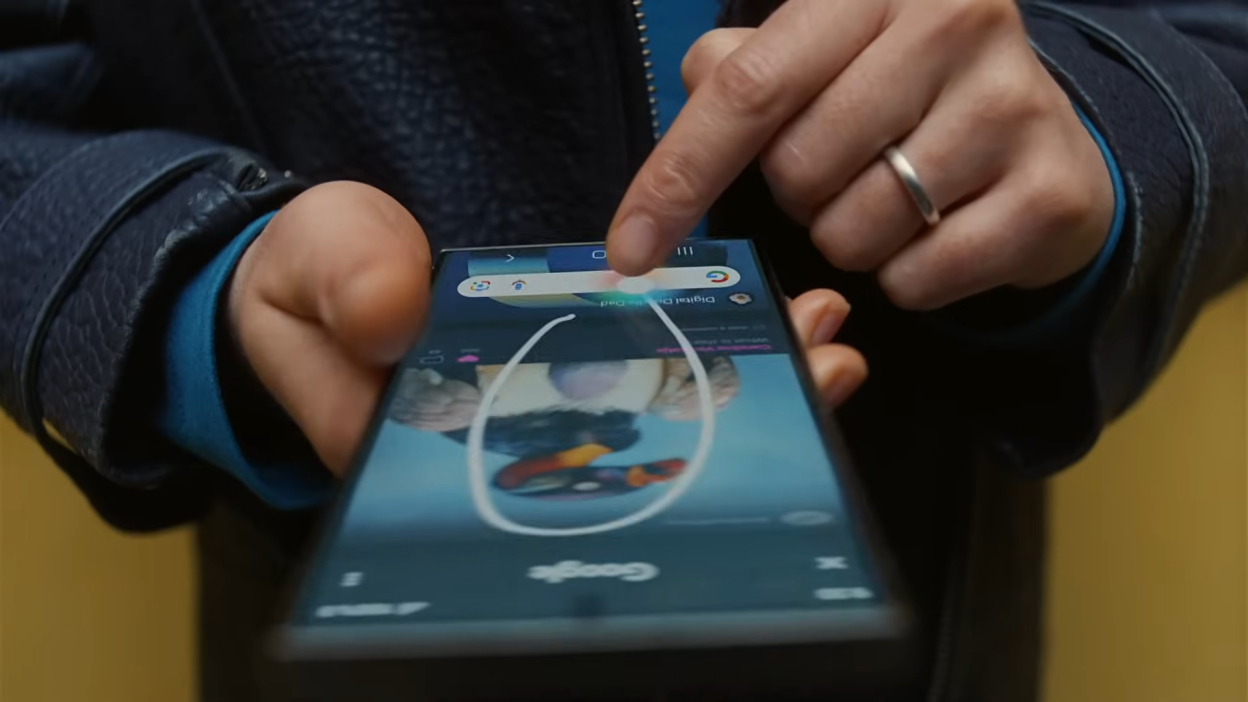
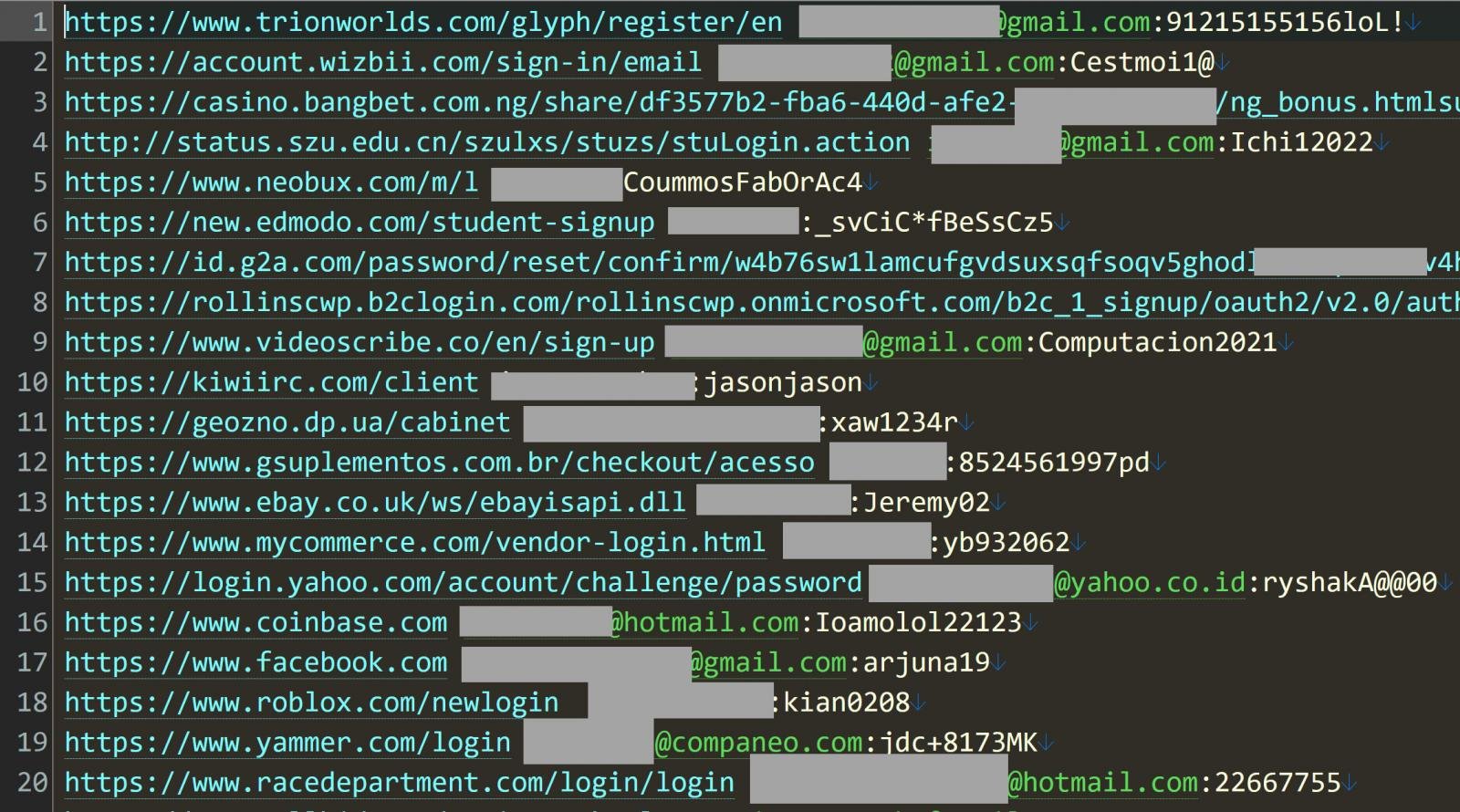














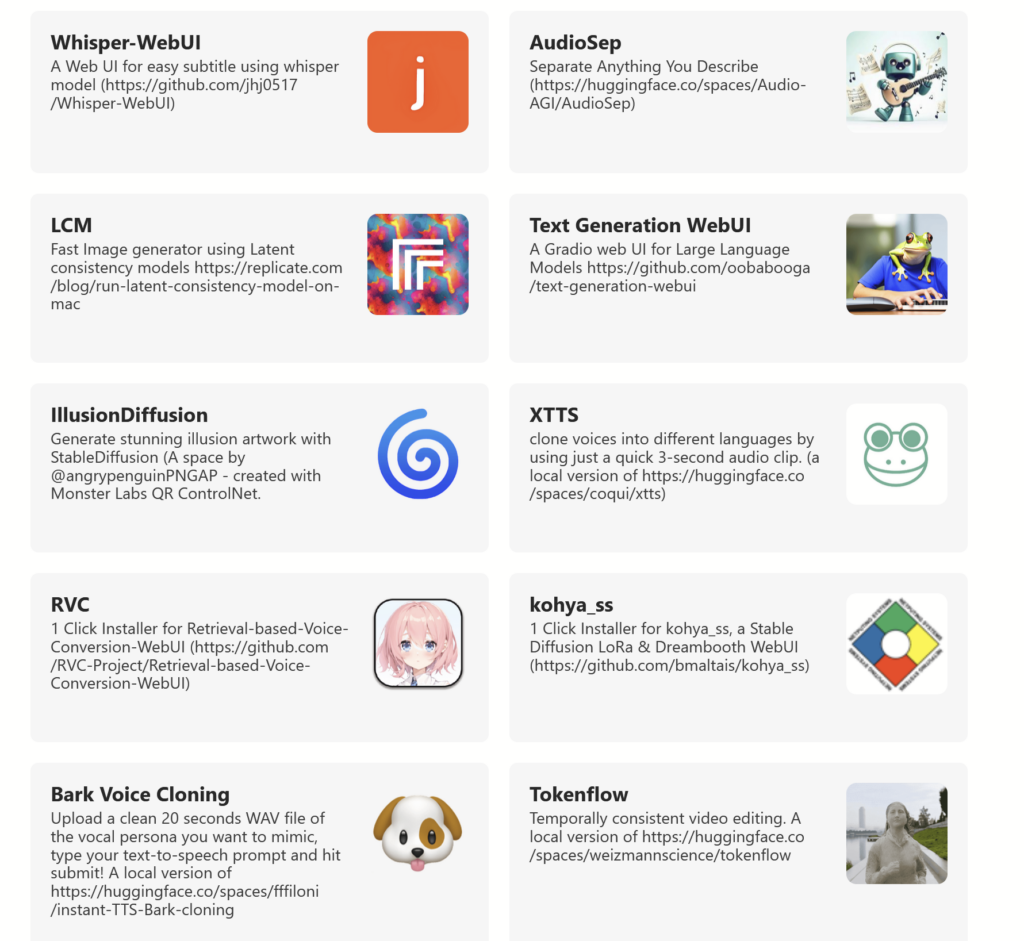
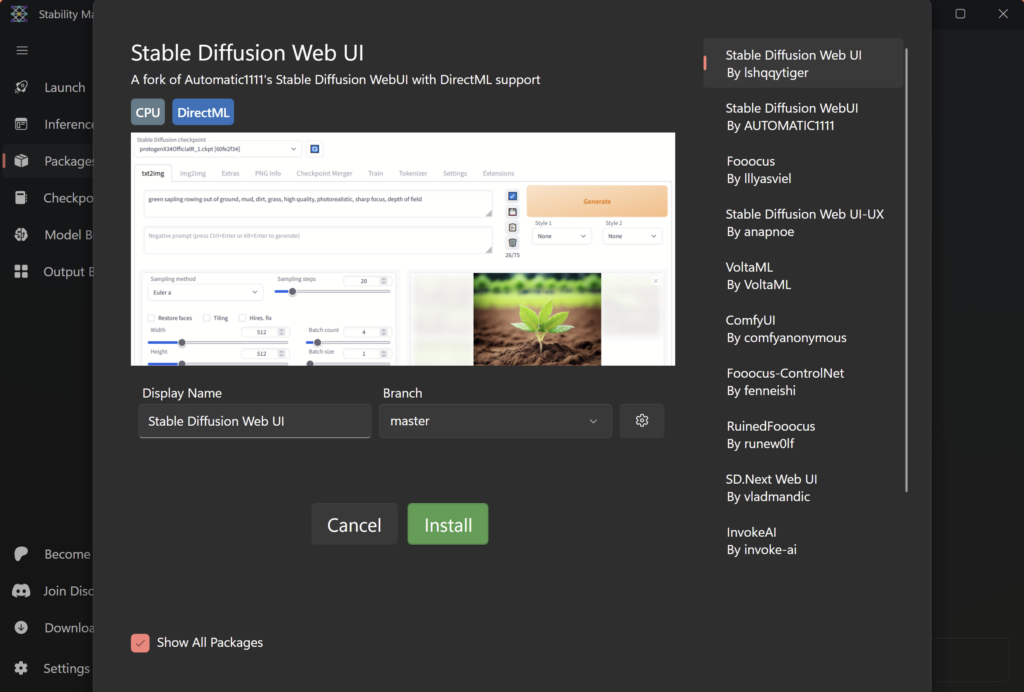


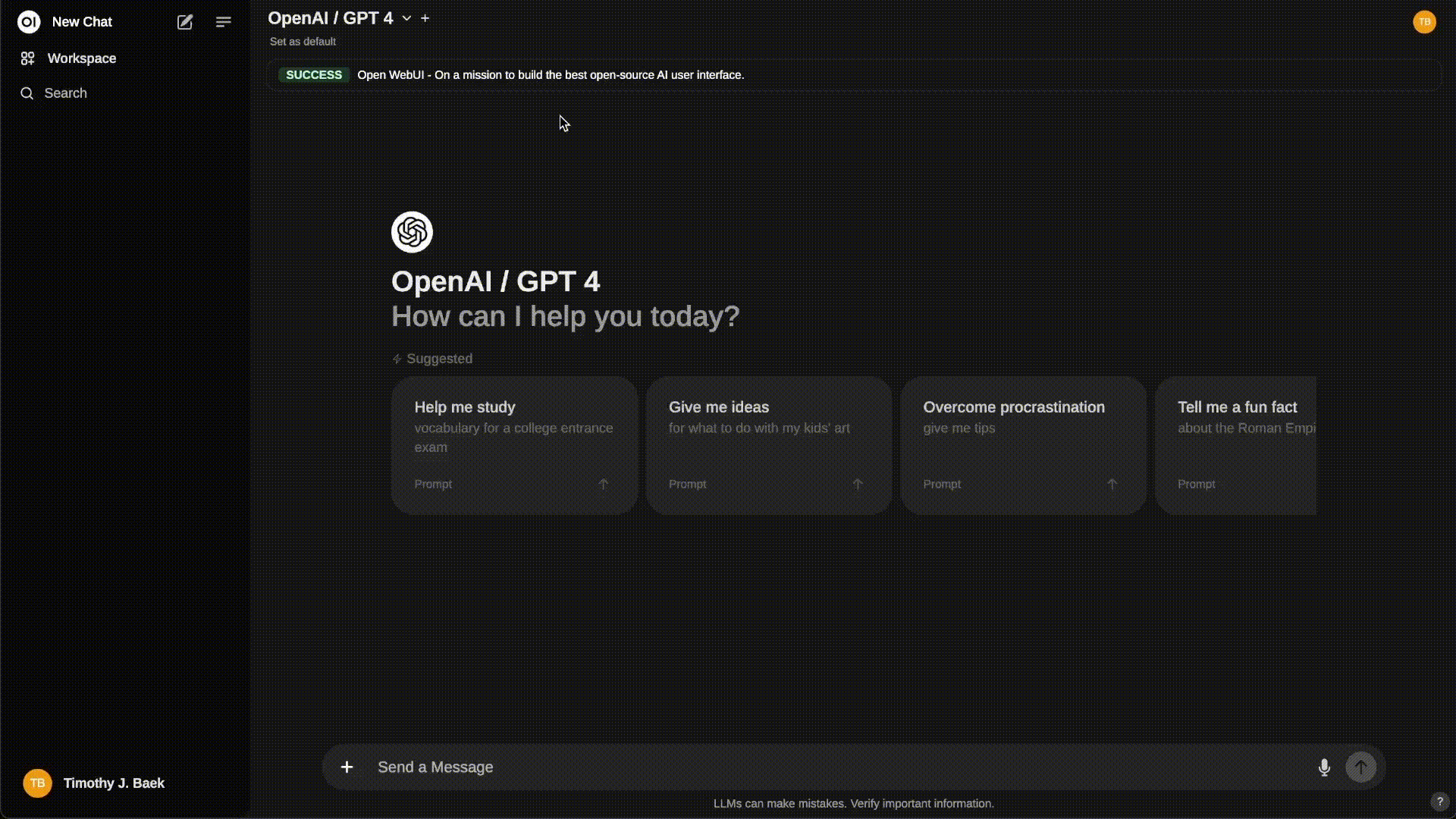
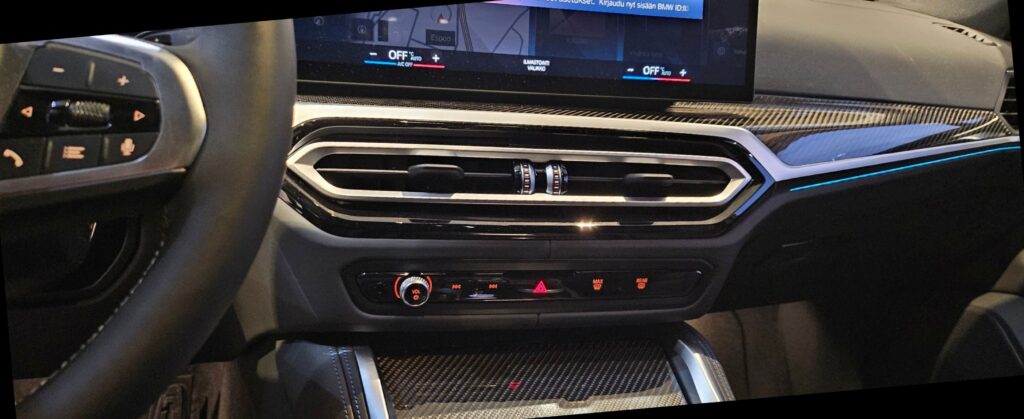

 […] few have looked at the effects on wildlife at the population level. Enter Erik Katovich, an economist at the University of Geneva. Dr Katovich made use of the Christmas Bird Count, a citizen-science project run by the National Audubon Society, an American non-profit outfit. Volunteers count birds they spot over Christmas, and the society compiles the numbers. Its records stretch back over a century.
[…] few have looked at the effects on wildlife at the population level. Enter Erik Katovich, an economist at the University of Geneva. Dr Katovich made use of the Christmas Bird Count, a citizen-science project run by the National Audubon Society, an American non-profit outfit. Volunteers count birds they spot over Christmas, and the society compiles the numbers. Its records stretch back over a century.




 Security researchers warned Apple as early as 2019 about vulnerabilities in its AirDrop wireless sharing function that Chinese authorities claim they
Security researchers warned Apple as early as 2019 about vulnerabilities in its AirDrop wireless sharing function that Chinese authorities claim they